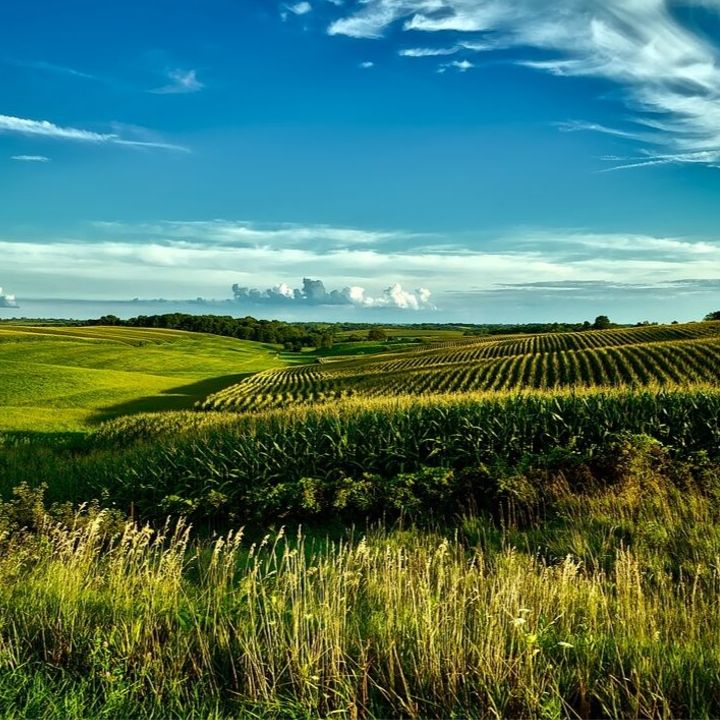Experimental Acres
October 17, 2025 | Simon DeBoer

Experimental Acres:
On September 15th, the County of Grey hosted a tour for members of their Agricultural Advisory Committee, showcasing the Experimental Acre Program.
Now in its third year, the program welcomes innovative ideas to improve soil conservation and soil health. During the tour, we visited three farms located in different parts of the county. Each farm varied in size and production, representing a range of agricultural commodities.
The first farm conducted an experiment on a field where winter wheat was the 2025 crop. At harvest, the straw was spread behind the combine in 24-foot strips, then raked together and baled the next day. The field was seeded on August 9th with an alfalfa and grass mix. On the day of our visit, the new seeding stood at a healthy six inches tall, showing a strong, even stand. The goal of the experiment was achieved—no wheat regrowth to crowd out the new seeding.
The second farm experimented with broadcasting a cover crop of turnips into winter wheat, oat, and pea stubble. This approach aimed to promote soil health while also providing late-season grazing for brood cows.
At the third farm, a calving area was seeded with a warm-season annual mix. Unfortunately, the dry summer had not been kind to the project, and weeds had interfered with the seeded species. It brought to mind Genesis 3:18: “Thorns and thistles the earth will produce.” Still, the project’s purpose was met—to maintain a vegetative cover on the soil.
Driving home, we reflected on a day when the County of Grey not only provided us with an excellent lunch but also inspired us with new and practical ideas on how agriculture and conservation can truly complement one another.
The CFFO Commentary represents the opinions of the writer and does not necessarily represent CFFO policy.
 Skip to main content
Skip to main content